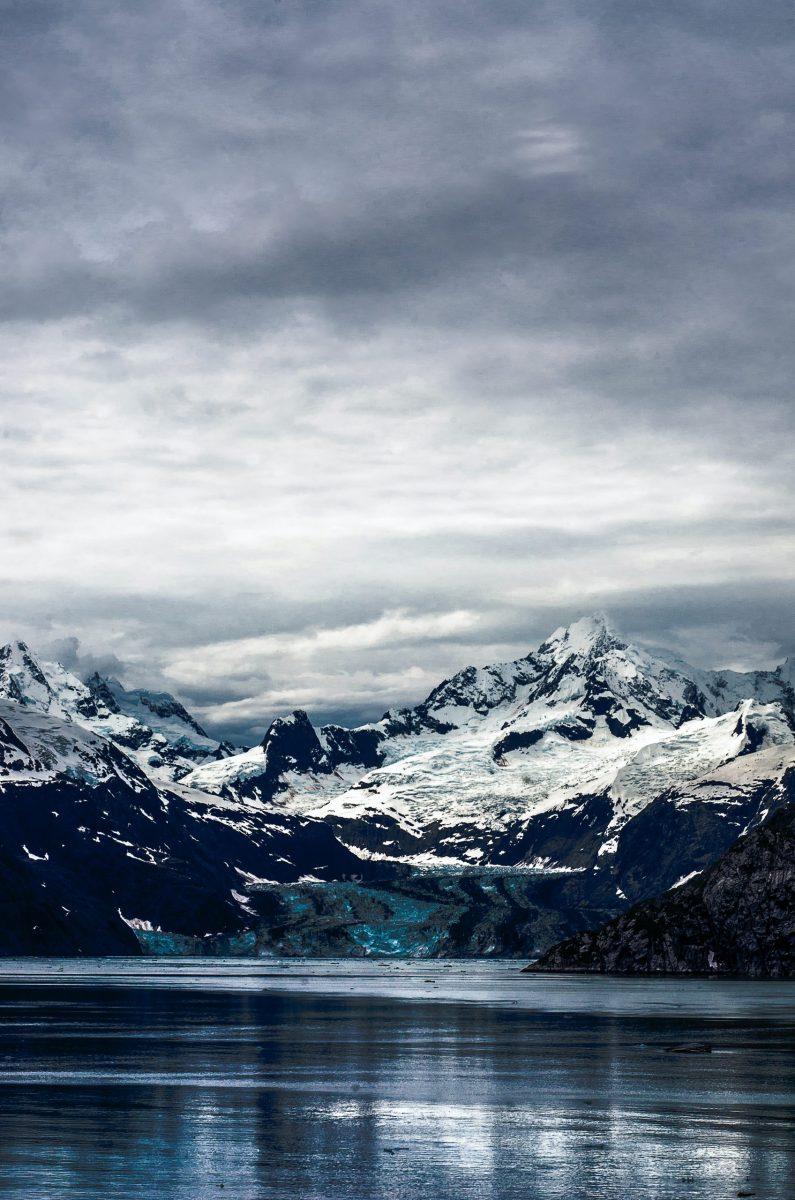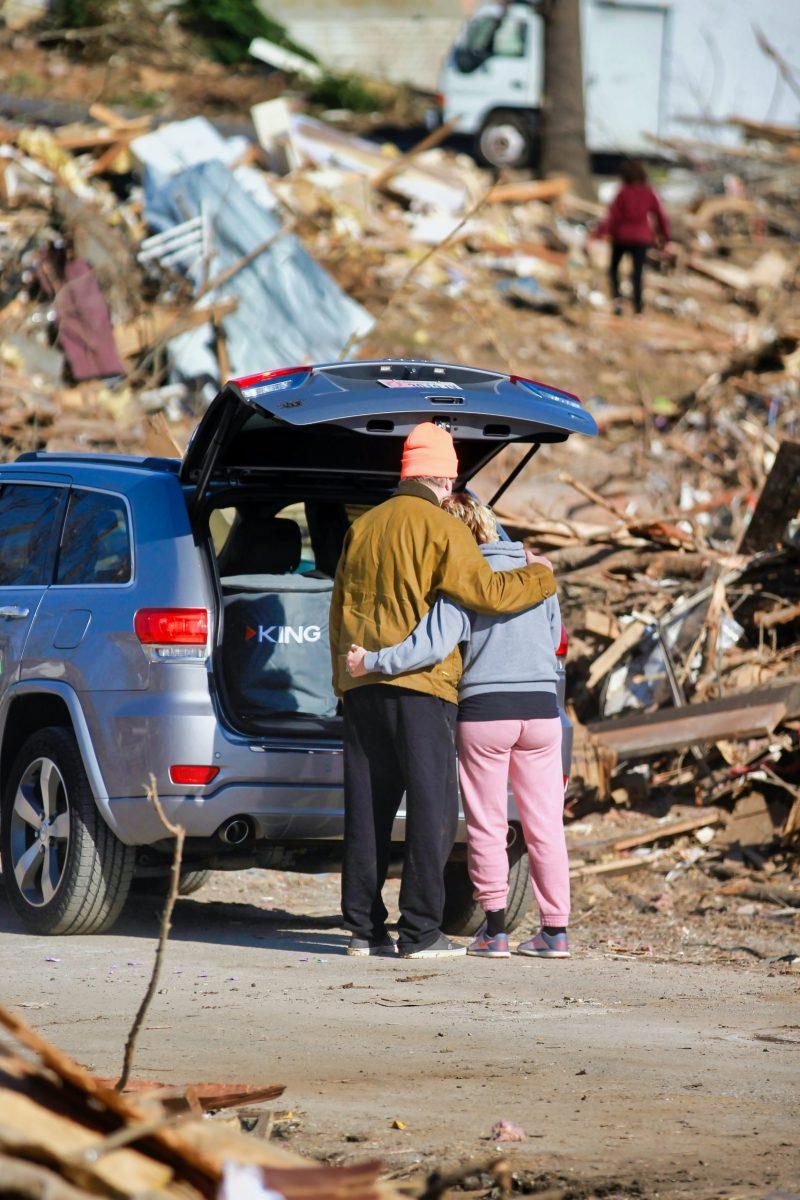By Julian Volk
After many weeks of deliberation from the German government and intense pressure from its allies, Germany has officially sent 80 plus tanks to Ukraine amidst Ukraine’s major conflict with Russia.
The tanks sent to Ukraine include Leopard 2 and German-manufactured tanks. The pressure to send the Leopard 2s came when Ukrainian President, Volodymyr Zelensky, called for “total help” back in May of 2022. Zelensky has continued to emphasize to the United Nations that Ukraine’s military equipment is outmatched compared to Russia’s more modern equipment. Ukraine has said they must fight with “rusted” Soviet-era arms. Many countries rushed to aid Ukraine after their call for greater help; however, Germany remained hesitant.
This type of hesitance is not new for Germany. Ever since the end of WWII, Germany has tried to stay out of the way of foreign affairs, being labeled a “pacifist” by foreign policy circles. However, this has been discounted with Germany sending numerous arms during the Serbian war in the ‘90s and more recently in 2014 when they sent arms to Iraq. But Germany does still seem to stay reluctant when it comes to it.
Germany’s seemingly coy philosophy can be boiled down to a preference not to engage in foreign affairs. Many people point to the possibility of not wanting to be seen as a global power due to their past. In WWII, Germany used their immense military prowess to attempt to become the World’s leading power. Ever since then, Germany has tried to move on from that past and could fear that expressing its power may lead to a similar future.
Another reason people are claiming Germany was initially not sending the tanks to Ukraine is the Nord Stream pipeline, a natural gas pipeline that runs from Russia to Germany via the Baltic Sea. The pipeline is owned by Gazprom, a Russian company currently under sanctions from the U.S. and multiple other countries. Russia makes up about 32% of Germany’s natural gas imports. An effort to create a second Nord Stream line in Germany was attempted before and during the war but was halted and ultimately scrapped after an explosion that destroyed a portion of the line.
Germany has been attempting to bolster their military power, however. At the beginning of the war between Ukraine and Russia, Germany’s Chancellor, Olaf Scholz, spoke to the United Nations about putting $108 billion towards modernizing their military. This was done as, geographically, a takeover of Ukraine could lead Russia to continue to move further west, ultimately beginning a war with the Germans. But, what Scholz had claimed has yet to come to fruition.
Another major issue with Germany’s reluctance has been the ability of other nations to send their Leopard 2s to Ukraine. The Leopard 2 has become a key component of many European countries and Canada’s and Turkey’s military arms. The issue is that all arms purchased from Germany must be approved by Berlin to be transferred to a third country, according to CNN. Meaning that the transfer of the Leopard 2s from the countries, as mentioned earlier had to be approved by Berlin to be sent to Ukraine. Approving the transfer of the tanks added even more pressure on Germany to get them sent over to Ukraine.
But why are the Leopard 2s so crucial for Ukraine to have acquired? Leopard 2s were manufactured in 1979 and are considered one of the best battle tanks in the World. Ukraine’s current arms are “too old” as they are primarily Soviet-era weapons. Ukraine has called Russia’s arms “much more superior” than theirs. So, it is no doubt that the inclusion of the Leopard 2s in Ukraine’s arsenal will largely help their battle.
With the approval of Germany to now send the Leopard 2s to Ukraine, Germany is now pressuring other countries to act quickly in sending theirs. Appointed as Germany’s new Defense Minister just a month ago, Boris Pistorius met with Poland on Wednesday, February 8th, 2023, to discuss possibly sending more tanks than initially planned.
Germany’s new Cabinet of Defense could decide to be more involved in foreign affairs with its new policy. All leaders across the board will have to play this carefully if that happens. Any and all actions made by the world’s leaders could change the outcome of Europe’s future entirely.
















